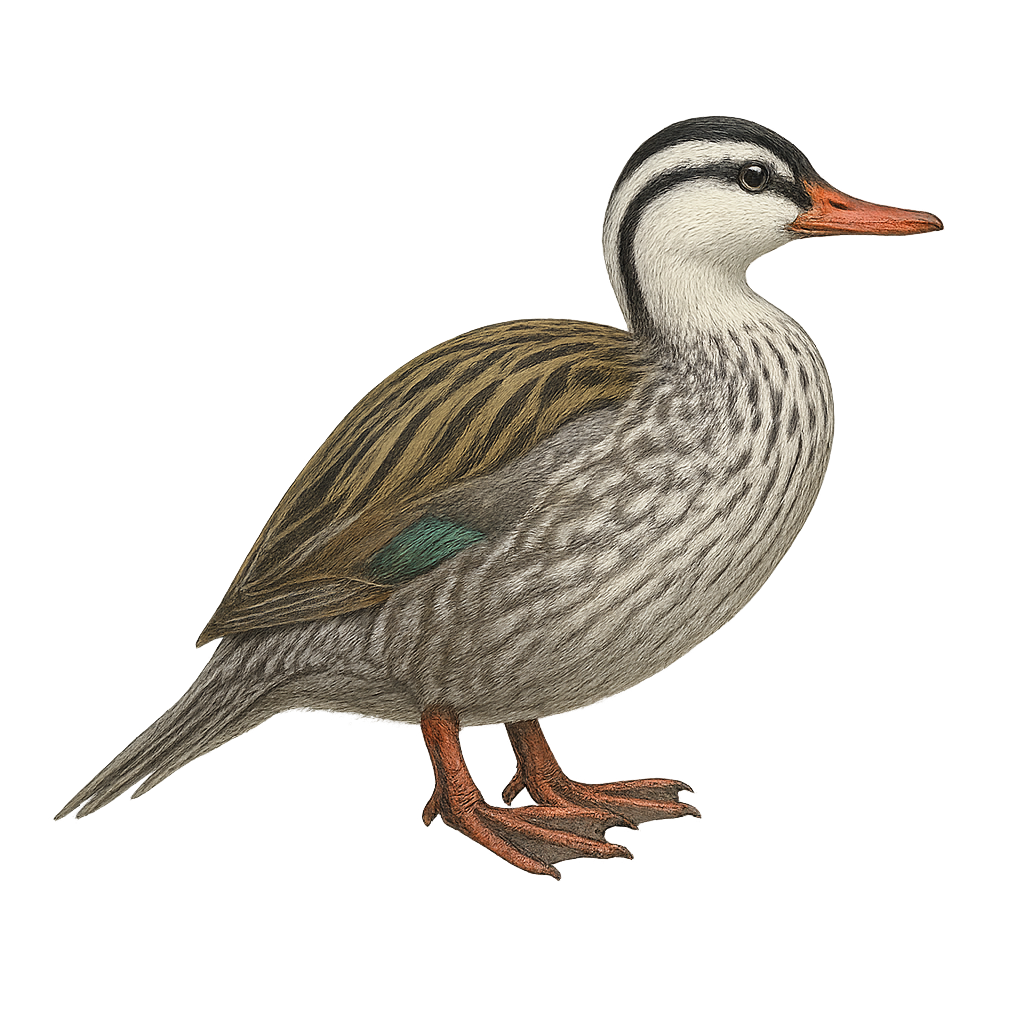Your wildlife photography guide.
Explore the torrent duck in detail, study its behavior, prepare your shots.
Where to observe and photograph the torrent duck in the wild
Learn where and when to spot the torrent duck in the wild, how to identify the species based on distinctive features, and what natural environments it inhabits. The WildlifePhotographer app offers tailored photography tips that reflect the torrent duck’s behavior, helping you capture better wildlife images. Explore the full species profile for key information including description, habitat, active periods, and approach techniques.
Torrent Duck
Scientific name: Merganetta armata

IUCN Status: Near Threatened
Family: ANATIDAE
Group: Birds
Sensitivity to human approach: Suspicious
Minimum approach distance: 10 m
Courtship display: September to November
Incubation: 30-32 jours
Hatchings: October to December
Habitat:
mountain rivers, rapids, torrents
Activity period :
Primarily active during the day, with peak activity in the morning and late afternoon.
Identification and description:
The Torrent Duck, Merganetta armata, is a unique aquatic bird primarily found along mountain rivers in South America. This duck is distinguished by its exceptional adaptation to fast currents and turbulent waters. The male features a distinctive plumage with a white head striped with black, while the female displays more subdued shades of brown and gray. Their beak is thin and pointed, ideal for catching aquatic insects and larvae, their main food source. Torrent Ducks are often seen in pairs or small family groups, skillfully navigating rapids with their powerful legs and sharp claws. Their ability to dive and swim against the current is remarkable, making them specialists in their habitat.
Recommended lens:
400 mm – adjust based on distance, desired framing (portrait or habitat), and approach conditions.
Photography tips:
To photograph the Torrent Duck, it is advisable to use a telephoto lens of 400mm or more to capture detailed images without disturbing the bird. Look for spots along mountain rivers where these ducks are active, often near rapids. Be patient and discreet, as they are suspicious and sensitive to sudden movements. Use a tripod to stabilize your camera, especially in low light conditions. Prefer early morning or late afternoon hours to benefit from soft light and avoid reflections on the water.
The WildlifePhotographer App is coming soon!
Be the first to explore the best nature spots, track rutting seasons, log your observations, and observe more wildlife.
Already 1 441 wildlife lovers subscribed worldwide

